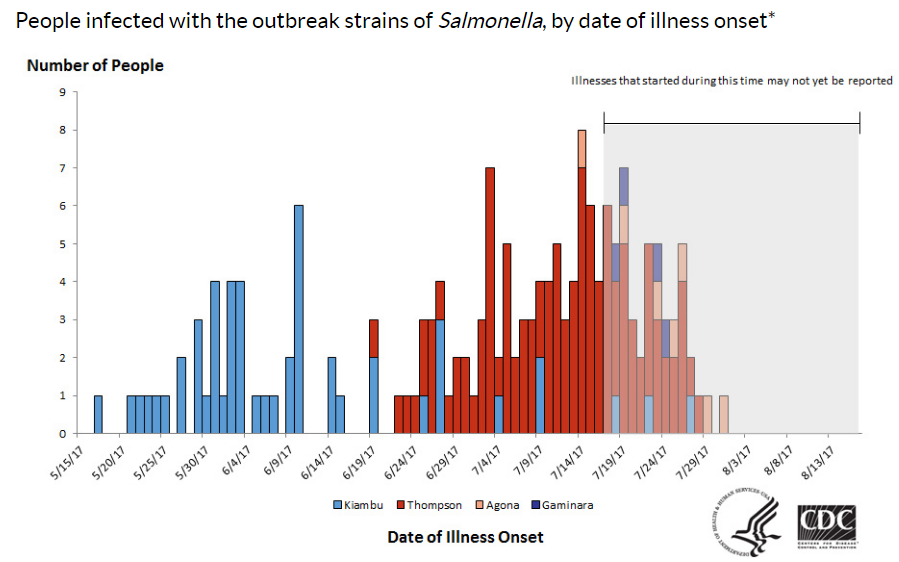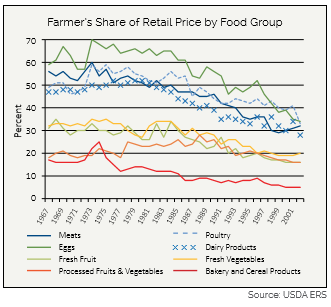Another ongoing saga: the legacy of Ancel Keys
I cannot understand the revisionist attack on the work of Ancel Keys, who died at the age of 100 in 2004. Most scientists are lucky to have made important contributions in one area. Keys produced outstanding work in several:
- High altitude physiology
- The physiology of starvation (for this alone, he should be honored)
- Mediterranean diet benefits
- Heart disease epidemiology
The fuss, of course, is over this last one, particularly his role in the Seven Countries Study. The arguments falls right into today’s absurd debate about sugar vs. fat as a cause of disease (absurd, because we don’t eat sugar or fat; we eat foods and diets that provide energy measured as calories).
What started off this most recent fuss is Ian Leslie’s The Sugar Conspiracy, which begins with the question “How did the world’s top nutrition scientists get it so wrong for so long?” This alone is a red flag. “Everything you thought you knew about nutrition is wrong” is a sure signal for caution; that’s not how science works.
The attack on Keys’ work induced the True Health Initiative to develop a White Paper in defense (here’s its press release). Its authors: Katherine Pett (who had written a blog post in defense), Joel Kahn (who also wrote a blog post) Walter Willet (long a champion of Mediterranean diets), and David Katz (who wrote about it in his own blog post).
In response, Michael Joyner pointed out that R.A. Stallones (a professor of mine at the School of Public Health at Berkeley) had made the same arguments years ago.

Another defense of Keys’ work comes from Kevin Klatt, a nutrition biochemistry PhD student at Cornell.
Sarah Tracy, a science historian at the University of Oklahoma, has been working on a biography of Ancel Keys for years. I can’t wait for it to come out. We need to have Keys’ life and work put in reasonable perspective.
While waiting for the fat v. sugar debate to resolve (I’m predicting it won’t), eat a healthy diet, enjoy what you eat, and be skeptical when writers write about nutrients, not food.




